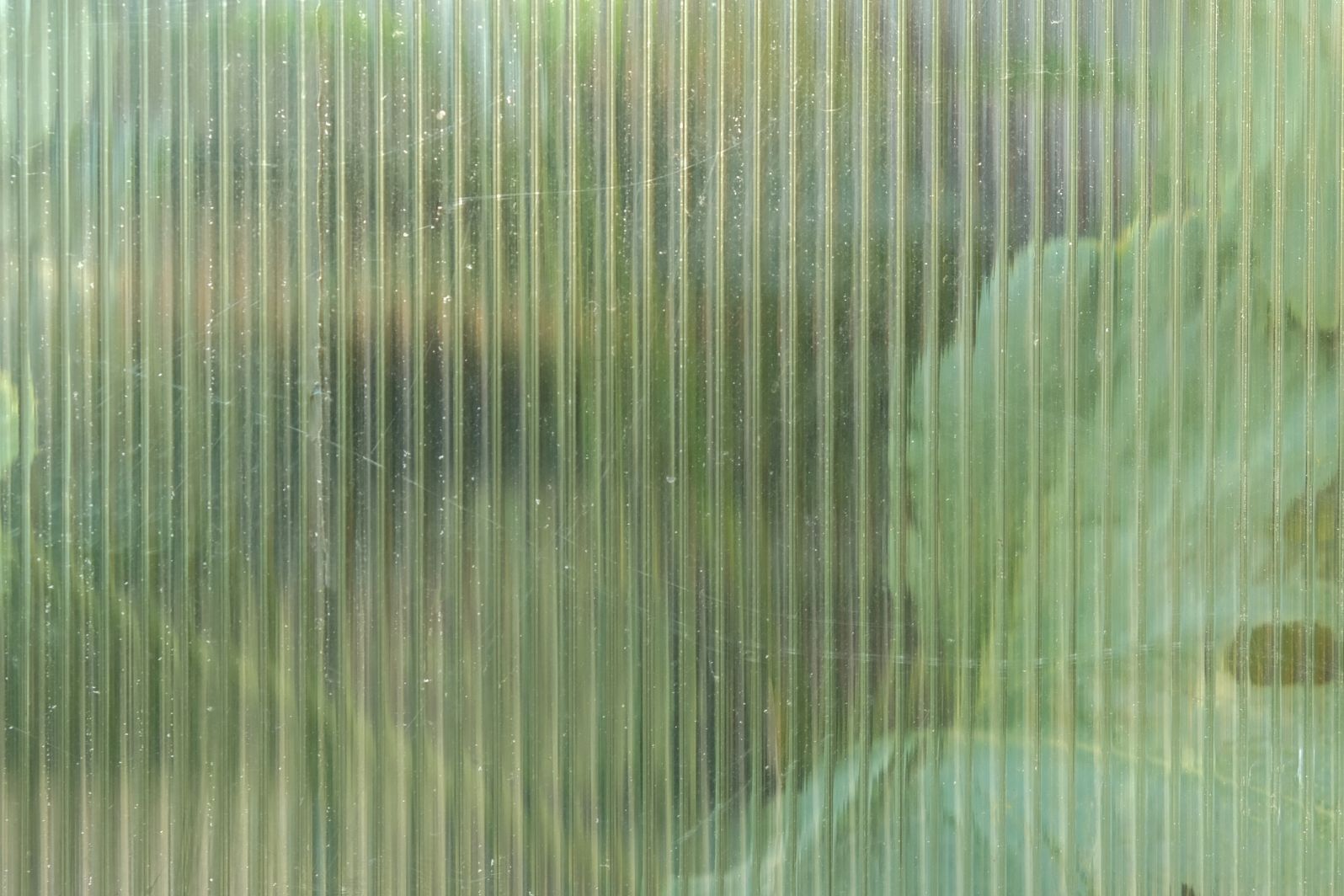Polycarbonate sheets have become incredibly popular in recent years across various industries and applications. You may have encountered these versatile plastic sheets without even realising it.
With excellent impact strength and optical clarity, polycarbonate offers a lightweight yet durable glazing alternative to materials like glass or acrylic.
The global polycarbonate market size was valued at USD 21.8 billion in 2021 and the market is growing at a CAGR of 5.7% from 2022 to 2030, indicating the high demand for these innovative plastic sheets.
From machinery guards to signage, polycarbonate is making its way into our buildings and devices more than ever before.
Table of Contents
Evaluating Polycarbonate Sheets for Your Needs
When considering polycarbonate sheets for your application, you’ll want to take into account their key properties to see if they are a good fit.
Two major advantages of polycarbonate are impact resistance and flexibility. Polycarbonate sheets can withstand very high impact forces, making them extremely durable and resistant to breakage.
They also have some flex and bend to them, whereas materials like glass are very rigid. This flexibility makes polycarbonate well-suited for curved shapes.
In terms of optical quality, polycarbonate has high light transmission and clarity, much more similar to acrylic than glass.
Polycarbonate and acrylic sheets have over 90% light transmission, enabling clear sight-lines. Compared to glass, polycarbonate sheets offer an excellent balance of impact resistance and optical clarity in one material.
You’ll also find polycarbonate sheets are very lightweight compared to glass, making them easier to transport, fabricate into products, and install.
Yet they maintain excellent rigidity thanks to the molecular structure. When weighing cost differences, polycarbonate tends to fall between acrylic and glass pricing.
The durability of polycarbonate can allow for longer service life of products to offset higher initial material prices. Consider the lifespan you expect under your application’s demands.
Use in Architecture and Construction
The strength and durability of polycarbonate sheets make them invaluable in architecture and construction projects. Polycarbonate panels are used to provide natural lighting while keeping out the elements.
They are also used in stadium barrier panels, machine guards, and riot shields, where their nearly indestructible nature is highly valued.
Polycarbonate corrugated sheets are popular roofing and siding materials due to their toughness and lightweight nature, which helps cut transportation costs.
These clear roofing sheets allow sunlight in while blocking harmful UV rays, making them ideal for a variety of outdoor applications.
Optical Quality for Specialty Uses
In addition to their rugged applications, polycarbonate sheets excel in optical quality roles.
Their glass-like clarity and light weight compared to glass make them well-suited for use in lenses, inspection windows, sight glasses, and machine covers.
Their resistance to fracturing also helps keep workers safe in case of breakage. Polycarbonate sheets also exhibit excellent light transmission characteristics, making them an ideal choice for commercial greenhouses, solariums, skylights, swimming pool enclosures, and more.
The ability to form polycarbonate sheets into almost any shape further expands their functionality in specialty applications.
Conclusion
Polycarbonate sheets offer a remarkable combination of physical properties that make them suitable for a wide range of applications across industries.
Their transparency allows for light transmission, making them suitable for use in commercial glazing and microscope slides. Their toughness and durability revolutionise construction methods while meeting stringent safety standards.
Overall, polycarbonate sheets are problem-solving materials that are ready for any application challenge, thanks to their virtually unbreakable nature and versatile properties.



